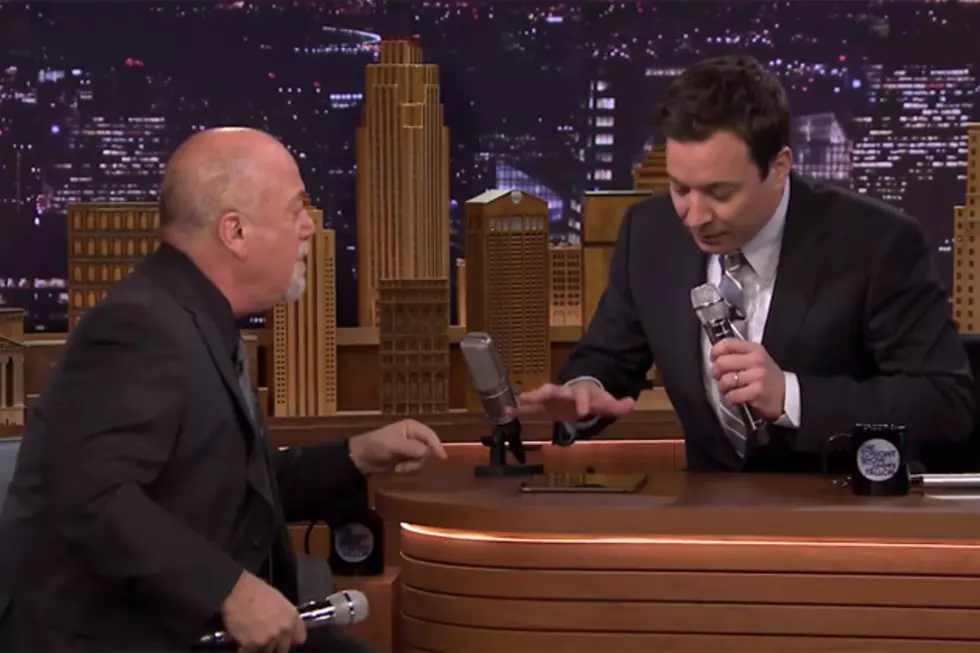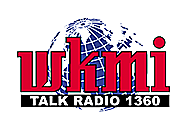
How Is the Date of Easter Chosen Each Year?
Ever wonder why some years Easter is in early April, sometimes late March, and sometimes—like this year—mid-/late April? Why isn't it a fixed date, like most other holidays? Well, it's a bit complicated.
First off, the simple answer: Easter falls on the first Sunday after the first full moon that occurs on or after the vernal equinox.
Okay, maybe that's not so simple. Let's break down each of those things a bit further and get into some history.
The vernal equinox is the first day of spring, usually March 21, that's easy enough. And we all know what a full moon is. Now let's get into why those factors were chosen.
The Bible says that Jesus was resurrected around the time of the Jewish Passover, which was celebrated on the first full moon after the vernal equinox. Some Christians began celebrating Easter directly on Passover, while others waited for the following Sunday, because that's the day of the week the Resurrection occurred. But in 325 A.D. at the Council of Nicaea, Emperor Constantine sought to unify the date, choosing the Sunday after the full moon.
While Christmas is always December 25, the date of Easter affects numerous other Christian holidays throughout the year. Palm Sunday, Good Friday, Ascension Day and Pentecost all depend on when Easter falls.
Still, Wikipedia adds: "Eastern Christianity bases its calculations on the Julian Calendar. Because of the 13-day difference between the calendars between 1900 and 2099, 21 March corresponds, during the 21st century, to 3 April in the Gregorian Calendar. Easter therefore varies between 4 April and 8 May on the Gregorian calendar (the Julian calendar is no longer used as the civil calendar of the countries where Eastern Christian traditions predominate). Also, because the Julian "full moon" is always several days after the astronomical full moon, the eastern Easter is often later, relative to the visible moon's phases, than western Easter."
[Time and Date, CBS]
More From WKMI









